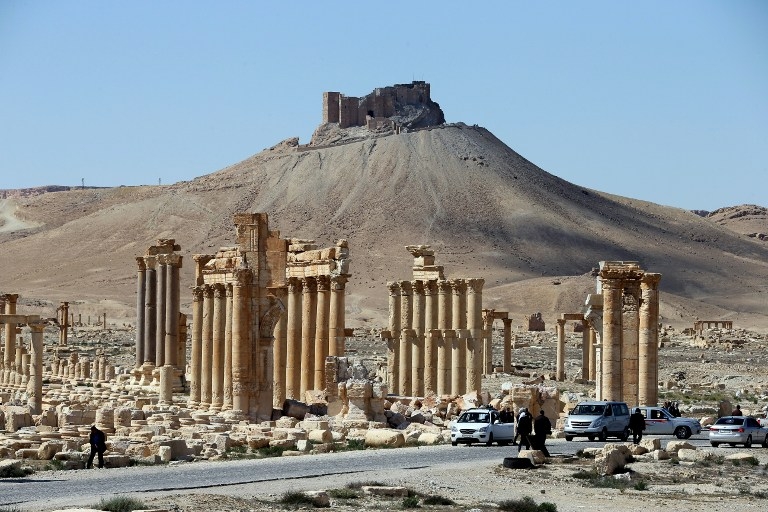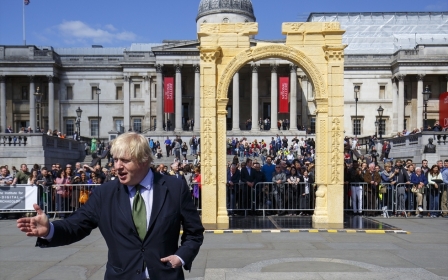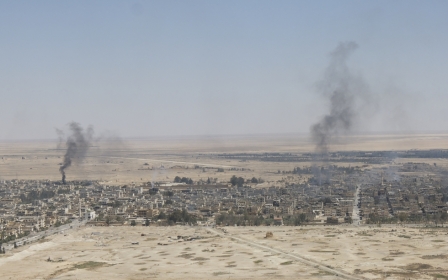Palmyra retains 'authenticity' despite IS damage, says UN panel

The UN cultural agency said on Wednesday that the ancient Syrian city of Palmyra retains much of its authenticity despite suffering significant damage at the hands of Islamic State militants.
Unesco sent experts to the world heritage site to study damage caused by IS, which held the city for nearly a year before it was retaken by President Bashar al-Assad's forces last month.
Escorted by UN security, the mission inspected Palmyra's museum and the archaeological site.
"They took stock of considerable damage to the museum where they found that most of those statues and sarcophagi that were too large to be removed for safekeeping were defaced, smashed, their heads severed, their fragments left lying on the ground," Unesco said in a statement.
At the archeological site, the experts noted that parts of the grand colonnade - an ancient avenue - and agora courtyard were intact.
"They observed the destruction of the triumphal arch and Temple of Baal Shamin, which was smashed to smithereens," said the statement.
The experts observed a minute of silence in memory of victims murdered by IS at the Roman amphitheatre - which was used for public executions by IS.
According to the statement some sites had to be observed from a distance where demining operations had not been completed.
"The mission considered that despite the destruction of several iconic edifices, the archaeological site of Palmyra retains a large part of its integrity and authenticity."
Unesco will deliver its full report on the site at the world heritage committee's annual meeting in July in Turkey, and will send another mission to examine Syrian heritage sites in greater detail.
Palmyra, north-east of Damascus, contains the monumental ruins of a great city that was once a crucial hub for trade and culture.
Until the Syrian conflict broke out in March 2011, Palmyra was a key tourist destination.
Middle East Eye propose une couverture et une analyse indépendantes et incomparables du Moyen-Orient, de l’Afrique du Nord et d’autres régions du monde. Pour en savoir plus sur la reprise de ce contenu et les frais qui s’appliquent, veuillez remplir ce formulaire [en anglais]. Pour en savoir plus sur MEE, cliquez ici [en anglais].




